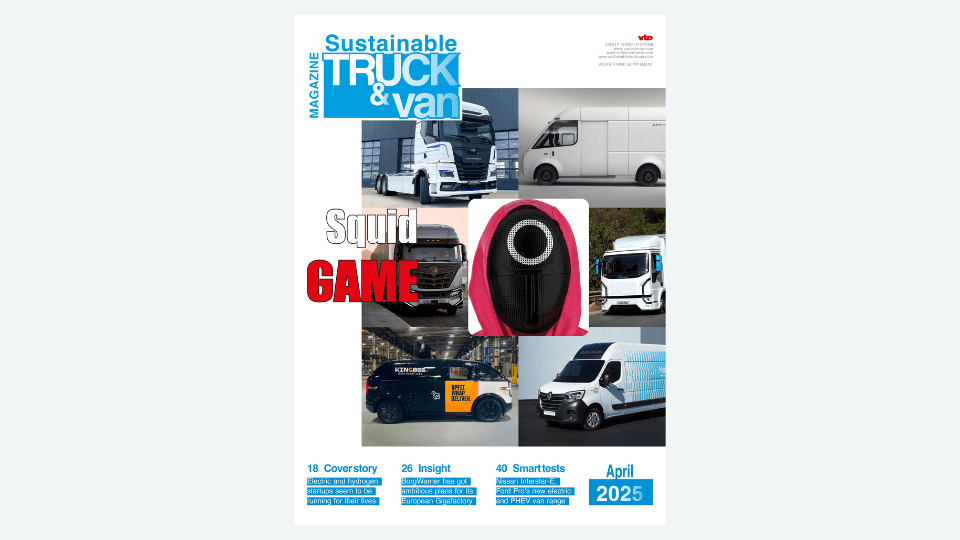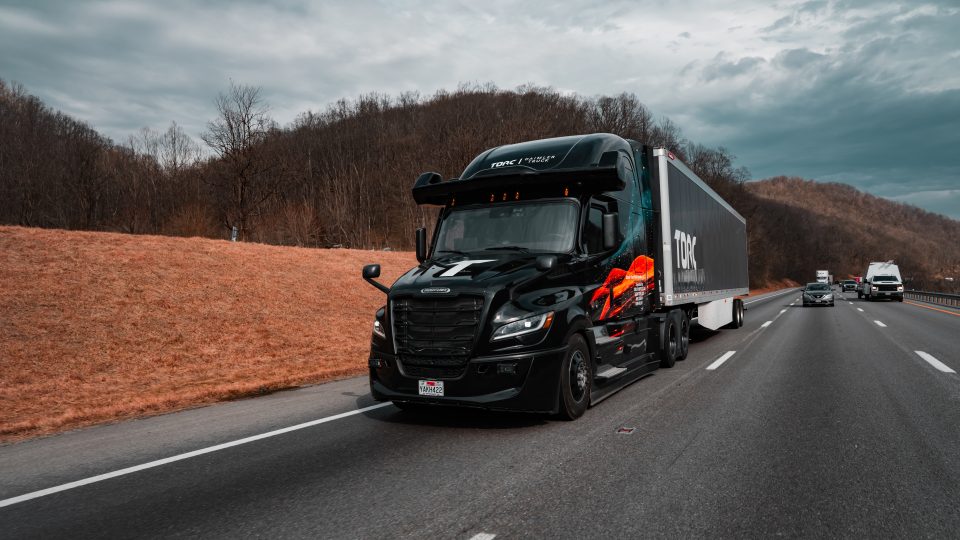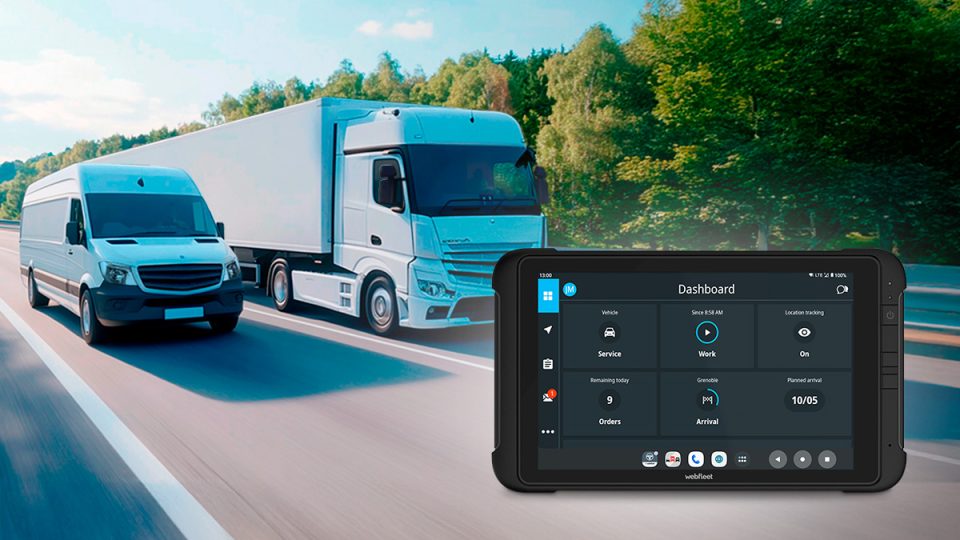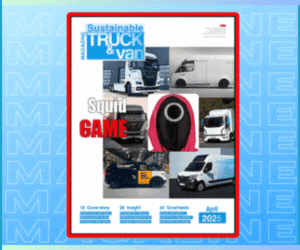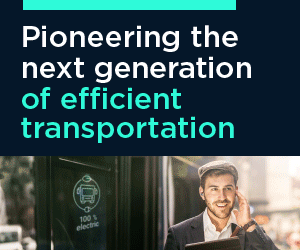Repairing charging stations with a little help from AI. Chargepoint’s newest release
All a driver needs to do when encountering a nonfunctional charging station is submit photos via an improved “report a problem” feature in the ChargePoint app. The app links the issue to the driver’s location and analyzes the images for anomalies, discovered thanks to a multitude of inputs utilized to train the technology for the EV charging domain.
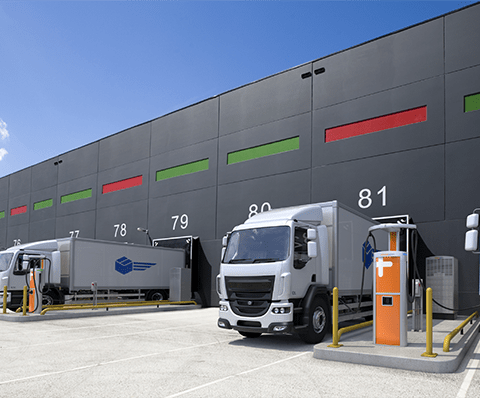
Charging solution provider ChargePoint has developed an AI-based tool to rapidly accelerate the diagnosis and repair of charging stations in the field. The software utilizes AI for the first time in the EV charging space to identify physical charger issues, thus improving their uptime. The software is the latest deliverable of ChargePoint’s ongoing investment in charging station reliability.
Submit a photo via the ChargePoint app
All a driver needs to do when encountering a nonfunctional charging station is submit photos via an improved “report a problem” feature in the ChargePoint app. The app links the issue to the driver’s location and analyzes the images for anomalies, discovered thanks to a multitude of inputs utilized to train the technology for the EV charging domain. Once the software identifies the issue, it relays the information to ChargePoint’s Network Operations Center, eliminating the need for most on-site inspections, considerably shortening the time to resolution.
“By deploying AI technology that can diagnose hardware issues, ChargePoint has a critical new tool joining our Network Operations Center to ensure station uptime,” said Rick Wilmer, CEO of ChargePoint. “This technology will enable us to triage and resolve physical issues that cannot not be detected via remote monitoring, demonstrating our commitment to innovations which deliver a reliable charging network.”



